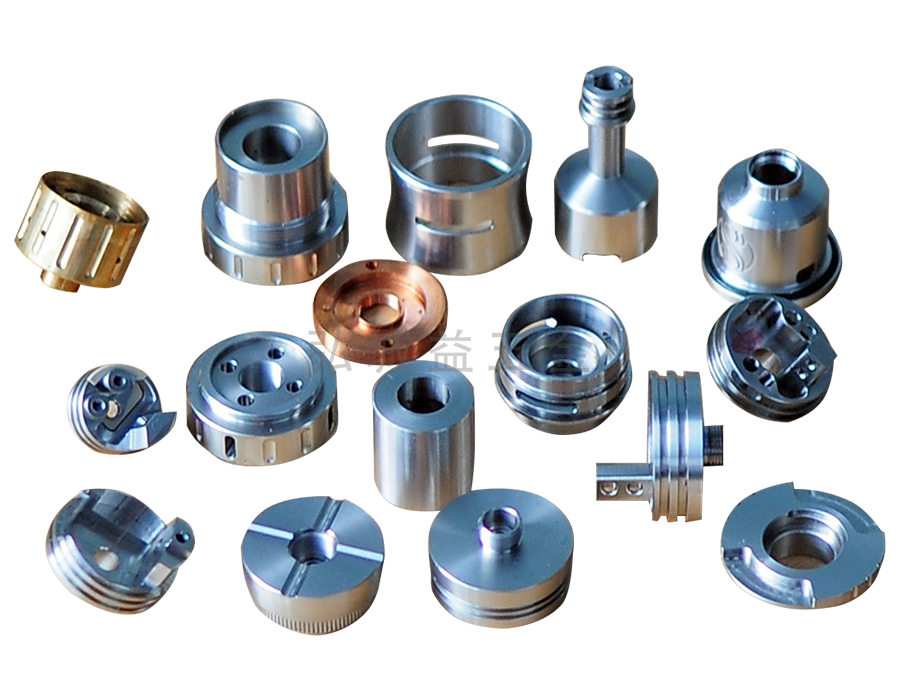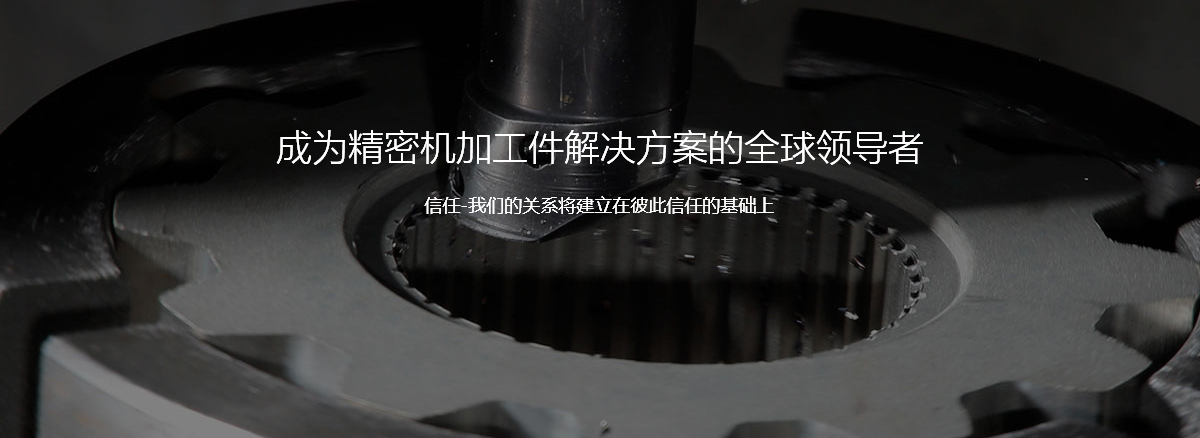In nature, the vast majority of metals exist in combination, and a few metals such as gold, silver, platinum, and 铋 exist. Metal minerals are oxides and sulfides, and other forms are chloride, sulfate, carbonate and silicate.
Metal substances include gold, silver, copper, iron, manganese, zinc, etc. Under the normal temperature of a large pressure and 25 degrees Celsius, other metals are solid except for mercury removal (liquid). Most of the pure metals are silver and white (gray) color, only a few are not, such as gold is yellow and red, copper is purple -red. Most of the metals are next to

The material with a positive temperature resistance coefficient is usually defined as metal. Metal elements are located at the bottom left of the "Boron-There are metal elements in 5 areas including the S area, P, P, D, and F. All transition elements are metal elements.
In the solid metal conductor, there are many mobile free electrons. Although these electrons are not bound to any specific atoms, they are bound to the metal's lattice; even without the effect of external electrical fields, because thermal energy, these electrons will still move randomly. However, in the conductor, the average net current is zero. Select the arbitrary section inside the wires, and in any time interval, the number of electrons from the side of the cross -section to the other side is equal to the number of transfers in the cross -direction.


